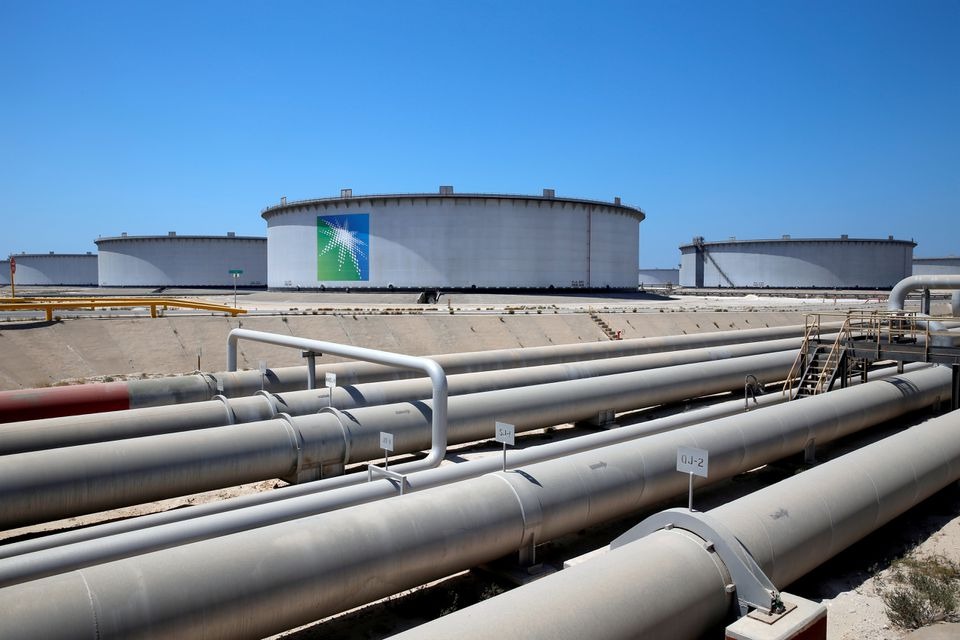
08 Sep Oil climbs on slow post-Hurricane Ida return of U.S. supply
Oil prices climbed on Wednesday, recouping some overnight losses from a stronger dollar and demand concerns, as well as a slow production restart in the U.S. Gulf of Mexico and resumption of refining activities.
Brent crude futures gained 34 cents, or 0.5%, at $72.03 a barrel at 0643 GMT after falling 0.7% on Tuesday.
U.S. West Texas Intermediate (WTI) crude futures rose 43 cents, or 0.6%, to $68.78 a, after sliding 1.4% on Tuesday following the Labor Day holiday.
Producers in the Gulf are still struggling to restart operations nine days after Hurricane Ida swept through the region with powerful winds and drenching rain.
About 79% of U.S. Gulf production remained offline on Tuesday, with 79 production platforms still unoccupied. About 17.5 million barrels of oil has been lost to the market so far.
The Gulf’s offshore wells make up about 17% of U.S. output.
“Refinery operations appear to be making a quicker recovery,” ING analysts said in a note.
Only about 1 million barrels per day of capacity was temporarily closed, down from a peak of more than 2 million bpd, ING said, citing the latest situation report from the Department of Energy.
“However, those refiners that have restarted are unlikely to be operating at full capacity at the moment,” the note added.
Traders will be closely watching inventory data from the American Petroleum Institute industry group due on Wednesday and the U.S. Energy Information Administration on Thursday for a clearer picture of the storm’s impact on crude production and refinery output.
Analysts polled by Reuters expect, on average, that crude stocks fell by 3.8 million barrels in the week to Sept. 3, and see gasoline stocks down by 3.6 million barrels and distillates down by 3 million barrels.
Oil prices fell on Tuesday in a widespread commodity selloff as the U.S. dollar jumped on worries that rising COVID-19 cases in the United States and Asia will potentially lead to slower growth.


Sorry, the comment form is closed at this time.